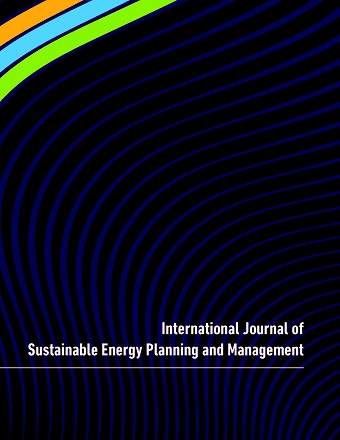Generation expansion planning for high-potential hydropower resources: The case of the Sulawesi electricity system
Main Article Content
Abstract
To ensure sustainable development, the generation expansion planning (GEP) should meet the electricity demands in the specify time horizon. The GEP will determine the type and capacity of generator units to meet with the minimum cost, required reserve margin and energy balance. In this paper, a GEP to minimize the cost by considering the high penetration hydro energy potential was carried out in Sulawesi electricity region. GEP optimization is done by finding the minimum total cost value that is done through WASP-IV. There were two approaches for conducting the optimization that are regional balanced and resources-based approaches. The effect of renewable energy plant, especially the hydro energy, can be seen through a resource-based scenario, where the generating units were priories installed close to the energy source location. On the other hand, the regional balanced approach would install the generating units close to the load center. This paper compared the results of regional balance to the resource-based scenarios. The results show that resource-based approach can achieve a renewable energy power plant mix of up to 30%. The regional balance scenario total costs were $ 9.83 billion in low projection electricity demand and $ 13.57 billion in high projection electricity demand. On the other hand, the resource-based scenario total costs were $ 9.54 billion in low projection electricity demand and $ 13.38 billion high projection electricity demand.
Article Details
Articles published in International Journal of Sustainable Energy Planning and Management are following the license Creative Commons Attribution-NonCommercial-NoDerivs 3.0 Unported (CC BY-NC-ND 3.0)
Authors retain copyright and grant the journal right of first publication with the work simultaneously licensed under a Creative Commons Attribution License: Attribution - NonCommercial - NoDerivs (by-nc-nd). Further information about Creative Commons
Authors can archive post-print (final draft post-refereering) on personal websites or institutional repositories under these conditions:
- Publishers version cannot be stored elsewhere but on publishers homepage
- Published source must be acknowledged
- Must link to publisher version

